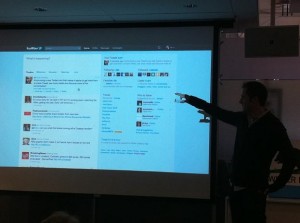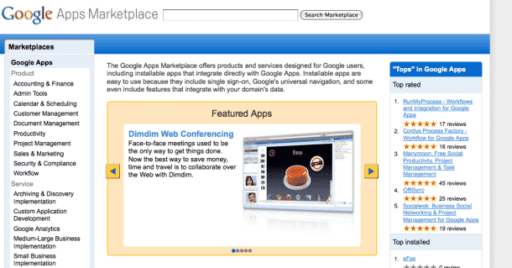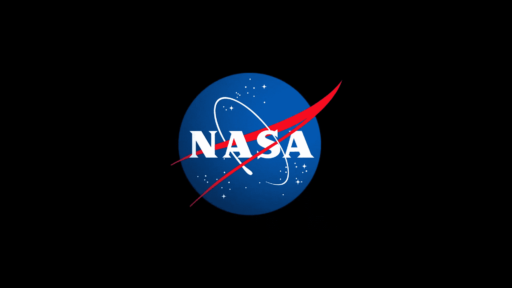Rackspace has done an excellent infographic on the inception, and evolution, of HTML Code over the years. Right from the year when it was first created back in 1991 down to our days, the infographic details on how the code has evolved, elaborating on different HTML versions, and that how it has changed the web with it.
The infographic starts from ‘Intro’ in which we are told that ‘Before World Wide Web, computer were primarily used to play pong.’ We are then took through a journey of HTML over the course of last 20 years or so.
In 1991, Berners-Lee wrote the first web browser for WWW. It was then that HTML 1.0 was created and got the ‘href’ tag, which was a borrowing from an already-known text markup language. It may be a bit surprising to know that back then, HTML had only 20 elements! Also, it was the same year which truly revolutionized the world since Web became a publicly available service on internet.
1994 marks the release of HTML 2.0. It was then that a number of standards for HTML were adopted. The same year, Netscape was released which became the first-ever commercial web browser with a graphical interface. By 1996, HTML was supporting tables and Client-Side Image Maps, which basically is the ability to click different parts of an image to access different resources.
In 1997, Microsoft made its move by putting in Internet Explorer 4.0 as the default browser in Windows, a move which truly took IE to all new heights compared to other browsers. HTML 3.2 was also approved the same year. IE and Netscape eventually agreed, amid bitter criticism from nearly everyone, to finally end their <marquee> and <blink> attributes.
Eventually, in 1998, Netscape finally gave up against IE. It was acquired for $4.2 billion. Same year, HTML 4.01 is approved and includes the very useful Cascading Style Sheets (CSS) feature. By 2002, IE has a whooping 96% share of browse usage, being the sole king in the world of browsers. Web 2.0 was also coined at about the same time.
In 2004, Microsoft faced its first true challenge in years in the form of Mozilla Firefox which gained widespread popularity as a browser. In 2008, a number of researchers from eminent tech companies come together to draft HTML5. Same year, Google releases Chrome, a browser which witnessed rapid growth, beat Mozilla by 2012 and is on the verge of overtaking Internet Explorer.
In 2010, Flash is divorced by Apple for not being good enough – same year, YouTube continues a wild growth by combining Flash and HTML5 in its website. Whereas some speculated that HTML5 would be a standard by 2022, many browsers and websites are already supporting it.
You may want to give a look to the detailed, interactive presentation about HTML here.
[ttjad]




